What is Extinction?
In 1940, Disney released a film called “Fantasia,” which tells a short story about the dinosaurs and their extinction. When I watched this segment of the movie as a child, it painted a gloomy picture before the asteroid impacts of this prehistoric downfall.
Watching the cartoon dinos suffer through the loss of food and water access made me wonder about the state of our world. Would humans be here forever? I would wonder.
Although this movie depicted the most well-known example of extinction that occurred several million years ago, extinction continues to happen today. According to endangered animal statistics, over 40,000 species are listed as “threatened.”
Other findings show that human activity is mostly responsible for endangered species. Because of global warming, climate change, habitat loss, habitat degradation, and deforestation, these actions have had a negative impact on our planet.
But the future is not bleak! We can take action now to reverse these issues as much as possible. Let’s find out how to prevent the risk of extinction for endangered species.
Accelerating Extinction Rates
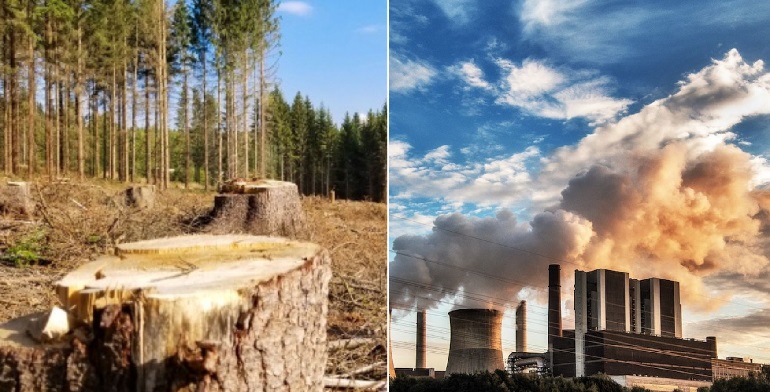
Because of environmental change, experts warn of a sixth mass extinction. But what does that mean? A mass extinction occurs when a high percentage of biodiversity, or different species, dies out. This happens within thousands or millions of years, but it could be approaching.
Okay, so the earth has already experienced extinction many times before. What makes our time so different?
When extinction occurred in the past, it was a natural process of evolution. But now the script has flipped. Because humans rely on natural resources to survive, the extinction of a species means life itself will change.
If one species goes extinct, it has a domino effect on entire ecosystems. Within our lifetime, humans have caused an alarming rate of extinction. Animals and plants are dying out 1,000 times faster because of environmental damage from human beings.
According to scientists, climate warming scenarios could spell disaster for our planet’s inhabitants. Shockingly, an alarming 15-37% of species may face extinction by 2050. The extinction crisis is only growing, becoming more of a reality every day.
What Causes Extinction?
Tens of species are vanishing from the face of the Earth every day. Many reasons lead to extinction, and most of them happen because of human activity.
Genetic Factors
Sometimes, genetic factors play a role in species extinction. With inbreeding and the loss of genetic diversity in a population, it’s reported that mutation increases extinction risk.
When a small population of a species has lower genetic diversity, it results in less healthy offspring. Of course, this issue puts a species at risk of dying out because some animals may not live as long as the remaining population. It also takes away potential mates from the living members of the species, which hinders reproduction.
Overharvesting
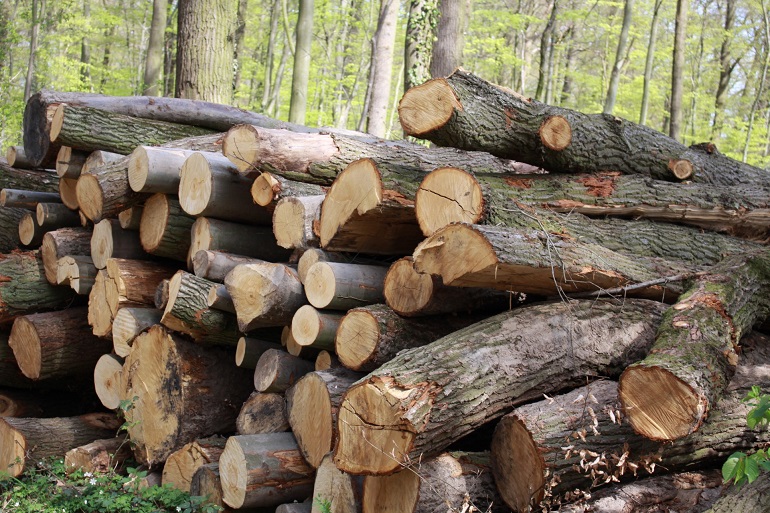
In general terms, overharvesting can result in extinction because it takes limited, valuable resources away from the world’s species.
Other examples of this practice include humans cutting down too many trees while logging, taking too many plants for medicinal use, and using too many animals for food sources. With fish and marine invertebrates, overharvesting diminishes species to incredibly low numbers.
When so many resources get taken in unsustainable ways, it damages ecosystems.
Deforestation
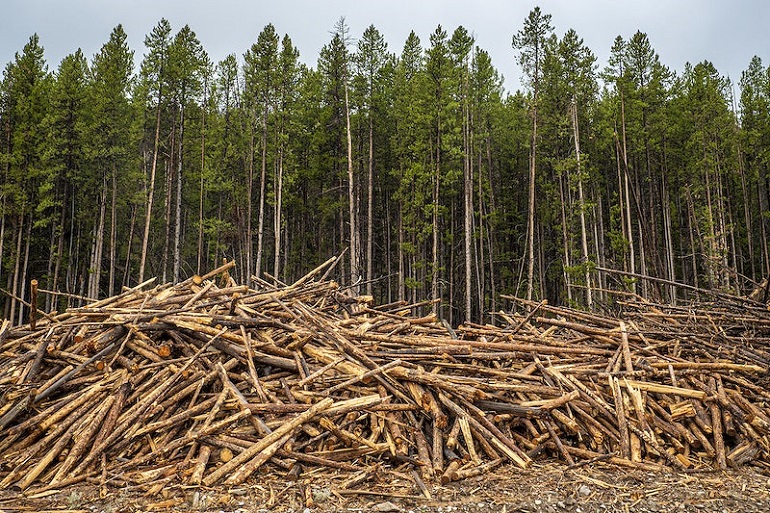
Animal deforestation occurs because trees and other forested areas get removed by human activity, like logging or agriculture. Personally, I have a soft spot for the Amazon rainforest and the destruction of its beautiful tropical forests.
It’s overwhelming how over-exploitation of the land causes so much animal and plant species destruction. Although natural occurrences like wildfires destroy trees and vegetation, humans have intentionally sparked fires to create farmland for agriculture.
These tactics result in the loss of habitats that endangers animals and put them at higher risk of extinction. Because human activity threatens ecosystems with deforestation, many species are becoming endangered.
When Species Invade
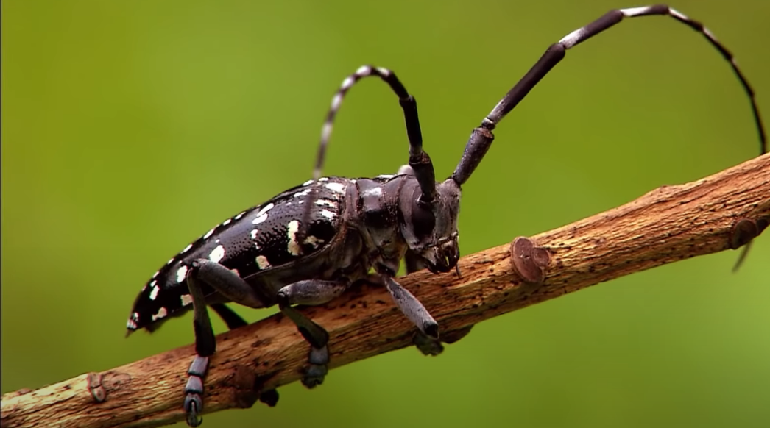
When wild animals are not native to particular habitats or a certain population, they are considered an invasive species. But why? How could a species cause harm to another population?
Well, invasive animals must adapt quickly to new environments for survival. If they’re successful, they’ll reproduce in the existing population. This directly threatens biological diversity because invasive species often bring new diseases into that population.
Even if it’s a small population of other species, invasive species take control and directly cause species loss.
For example, many invasive species have threatened other species native to the region.
Habitat Loss
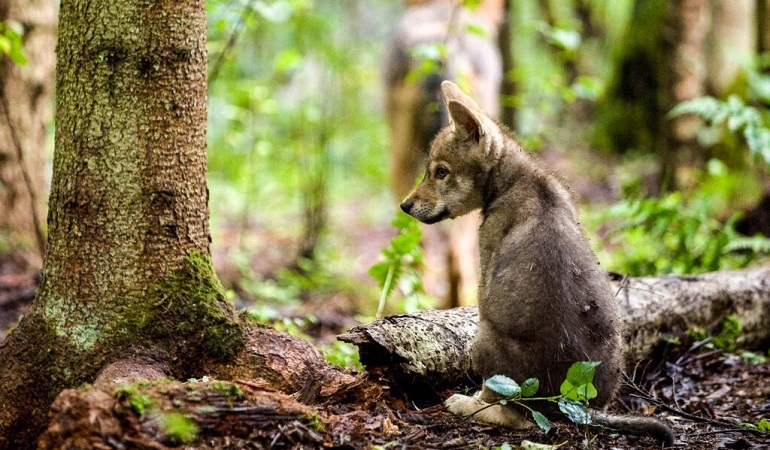
Habitat loss contributes to the declining population of several species. According to the Living Planet report for 2022 from the World Wildlife Fund (WWF), world species populations have dropped by 69% since 1970.
When wild animals lose their habitats, they lose their sources of food and shelter. We all know that the circle of life is essential to biodiversity. So, when predators cannot go hunting because of their prey declining in numbers, it sets ecosystems off balance.
If you think that the food chain among wild animals doesn’t affect humans, think again!
We’re not the simple homo sapiens of a thousand or million years ago. We depend on ecosystem services and products like food, fresh water, and fuel in our modern world. If we keep harming our planet’s ecosystems, it could directly affect our livelihoods.
How Pollution Harms the Earth
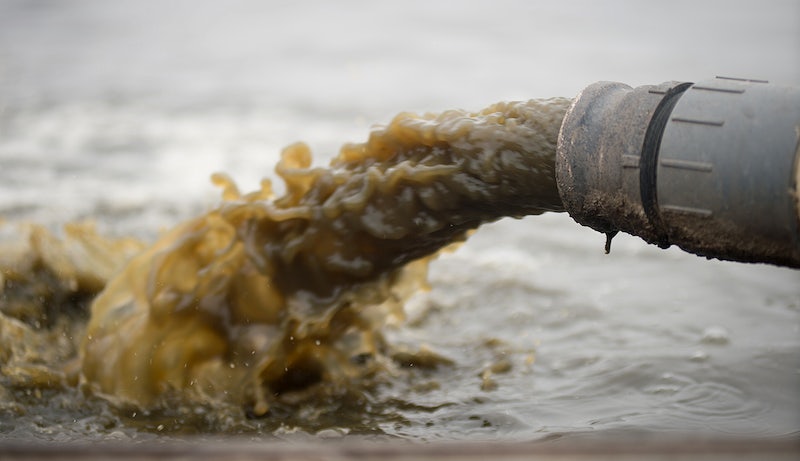
When the environment becomes contaminated due to pollutants, it threatens animal and plant species. For example, pollution is much more than throwing trash on the ground and harming the environment.
The human impact goes further, like burning fossil fuels, using herbicides and pesticides, spilling chemicals, producing too much plastic, and emitting carbon dioxide and greenhouse gases.
Many species experience pollution that destroys habitats and kills off their population. These consequences can occur from pollution affecting food and water sources.
Climate Change and Global Warming
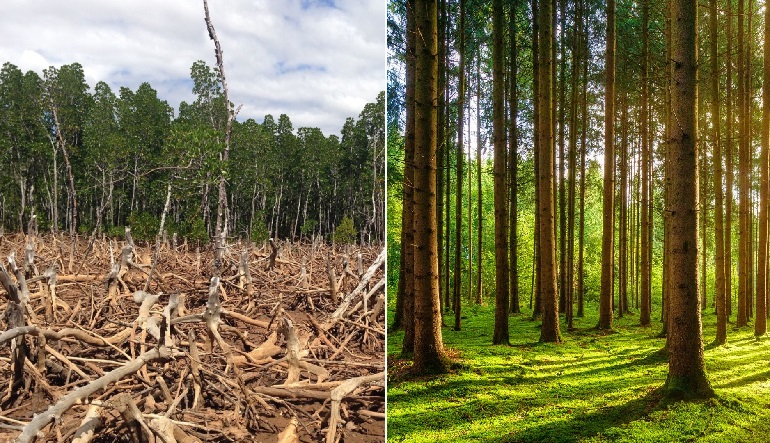
According to experts, we’re due for a sixth mass extinction. Because of climate change and global warming, rapid changes in the climate affect habitats and migratory behavior.
As the earth becomes warmer, the risk of extinction accelerates. If greenhouse gases caused by global warming persist, 16% of species will be threatened with extinction by the end of the century.
Around 14,000 scientists signed a paper warning of a climate emergency that will cause “untold suffering” for life on Earth. These scientists stated that if we don’t actively fight against climate emergencies, the problem will only worsen.
Hunting and Illegal Trafficking
Because poaching wildlife is a massive illegal operation, efforts to stop it aren’t always successful. Poachers hunting wild animals into extinction bring billions of dollars to these cruel operations annually.
According to the African Wildlife Foundation, we could see the extinction of elephants, rhinos, and other wildlife within our lifetime.
How Does Human Activity Affect Extinction?
The causes behind the animal and plant species going extinct go deeper than the issues listed above. Although those are the root cause, human activities take it to the next level.
Due to anthropogenic activities, the environment suffers from changes in weather patterns, temperatures, soil erosion, worsening air quality, and ruining water sources.
How Many Species Are Endangered Today?
There’s an alarming rate of over 7,079 critically endangered animal species. However, according to a United Nations report, over one million animal and plant species worldwide are at risk of extinction.
Reasons Species Become Endangered
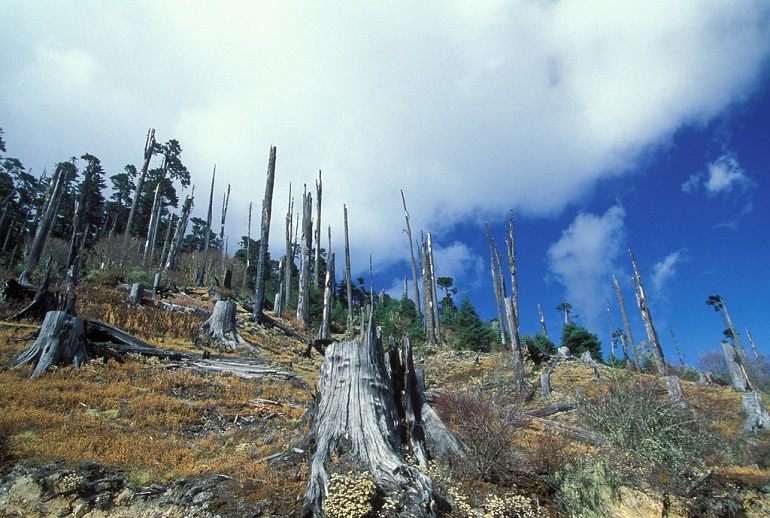
Of the many causes of species becoming endangered, 99% of threatened species are at risk because of human activity. These activities include habitat loss, pollution, overhunting, illegal trafficking, poaching, invasive species, and climate change.
Although some factors include natural causes like wildfires and floods, many of these disasters have been made worse by manmade effects on the environment. The current estimate of plant and animal species endangerment is 1,000 higher than the natural rate.
Consequences of Extinction
When the extinction of plant and animal life occurs, it affects the entire world’s ecosystem. Here are a few consequences:
Changing Ecosystems
Humans exploit natural resources by taking habitats away from wildlife to grow food, build infrastructure, and change the environmental landscape. Even though plant and animal life have adapted for millions of years, sudden changes in climate and global warming affect this natural process.
These environmental changes affect the ecosystem by reshaping the water cycle, animal behavior, and natural processes like blooming flowers. When these cycles become disrupted, it increases the risk of extinction because some species won’t properly adapt in time.
Losing Apex Species
Apex species, or apex predators, are the animals at the top of the food chain. Declining numbers of predator species lead to severe consequences in the ecosystem. Apex predators benefit prey populations by suppressing smaller predator species. When this cycle becomes disrupted by the loss of predators, the ecosystem collapses.
Threatening pollination
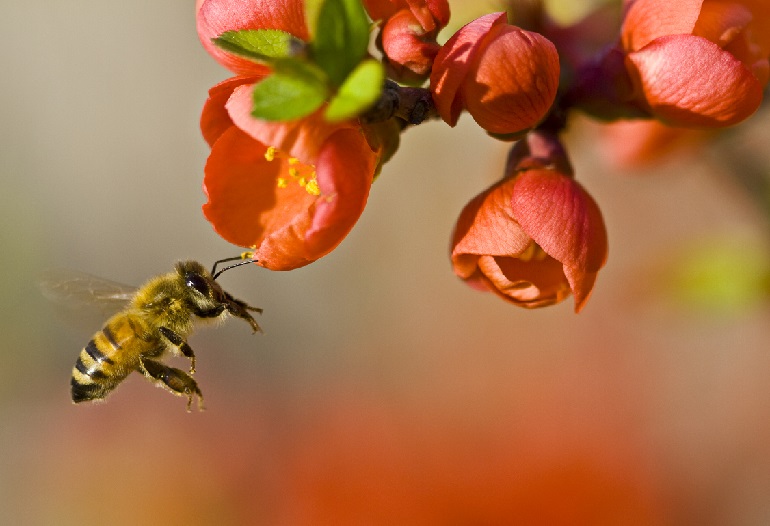
The United Nations reports that 40% of pollinators face extinction. If pollinators like bees continue to decline, worldwide food crops will be in danger. Because crops depend on 20,000 species of pollinators, the extinction of these vertebrates would prove disastrous for food security.
Affecting the Food Chain
Because the global food system depends on crops and livestock, the earth’s vulnerability to the impacts of climate change has increased. In less than a century, a small number of crops have provided the world with food.
Humans rely on only nine plant species for food, like wheat, rice, soy, and corn. If the effects of global warming increase, extreme changes in temperature and weather patterns threaten these plant species.
You can have a look at the declining wheat exports by countries.
Loss of Medicinal Plants
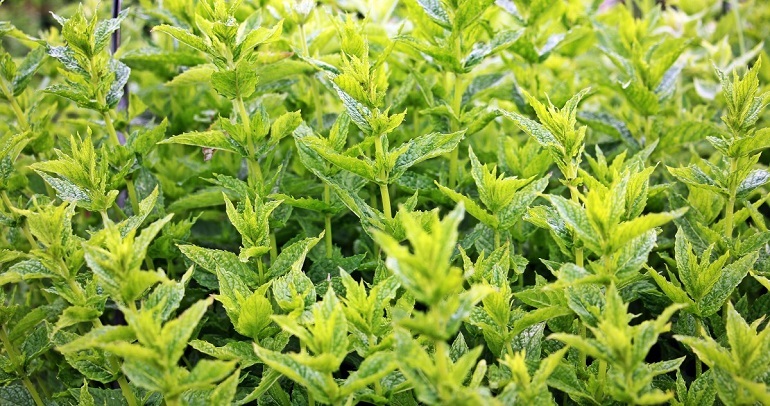
When plant species used for medicinal purposes decline, it threatens the world’s vital medications. If certain plants go extinct, humans could suffer a large-scale medical crisis.
Destruction of Livelihoods
With all of the consequences of extinction, imagine what could happen if the entire worldwide economy collapsed. If we couldn’t access food, water, or medicine, the human race as we know it would die out. In the absence of a thriving biosphere, there is no future on earth.
Top Ten Recently Extinct Species Worldwide
It’s serious news when a threatened species become extinct. Unfortunately, it’s happening at an alarming rate worldwide. Here are 10 animal species that are considered extinct.
Pinta Giant Tortoise
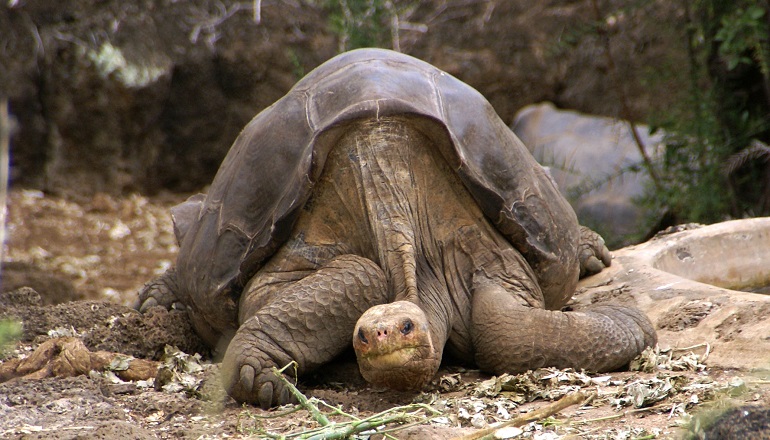
The last surviving Pinta Giant Tortoise died in captivity at the Charles Darwin Research Station on June 24, 2012, nicknamed “Lonesome George.” The Galápagos National Park tried finding him a mate to reproduce. Sadly, this effort was unsuccessful, and this once-threatened species is no more.
Splendid Poison Frog
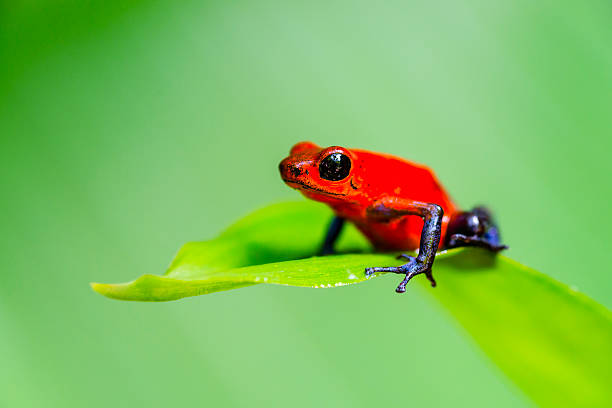
In 2020, the Splendid Poison Frog went extinct. Researchers think the chytrid fungus outbreak in 1996 led to fewer species of this frog from the Cordillera Central in Panama. Deforestation and habitat loss also affected the population.
Spix’s Macaw
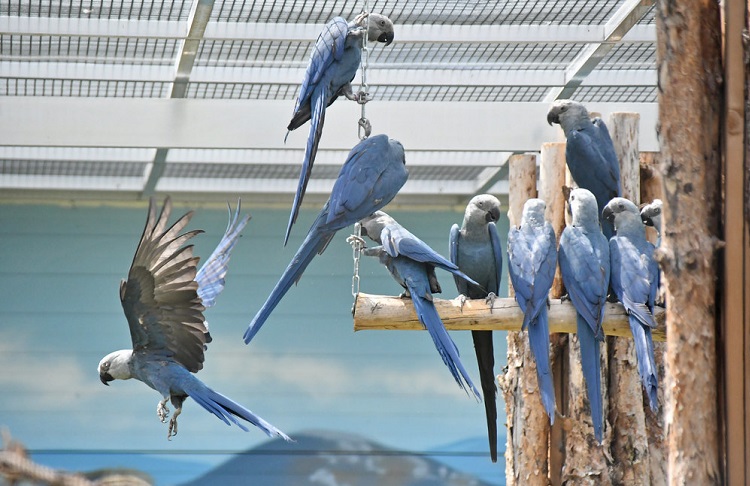
Last seen in the wild in 2016, the Spix’s Macaw was declared extinct in the wild in 2019. This species was named after German naturalist Johann Baptist von Spix, who discovered the native birds in Brazil. Other factors involved were the illegal pet trade and habitat loss.
Pyrenean Ibex
Declared extinct in 2000, the Pyrenean Ibex died out due to poaching, disease, and loss of food sources. This species became the first to become “unextinct” through scientific cloning, but the clone only lived for seven minutes.
Bramble Cay Melomys
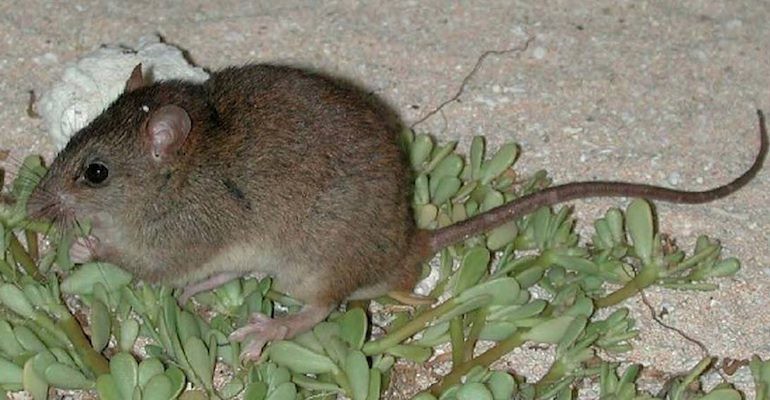
Bramble Cay Melomys was the first species declared extinct in May 2015 due to human-induced climate change. These small rodents are a native species of Bramble Cay, Australia, the only place on earth where the declining population lived.
Scientists say that Bramble Cay Melomys died out due to rising sea levels from melting glaciers and habitat loss.
Western Black Rhino
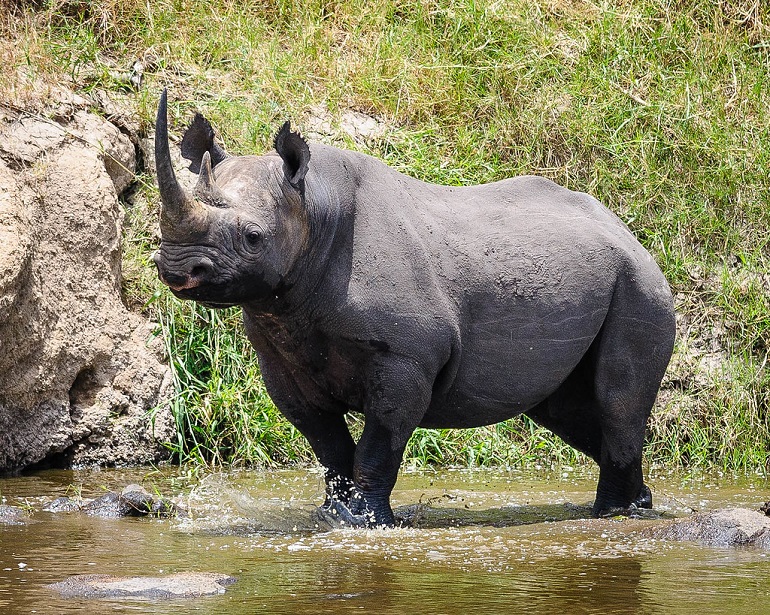
The Western Black Rhino was declared extinct in 2011 due to poaching and habitat loss. This species was overhunted for its horns used in traditional medicine and remedies.
Other species of rhinos, like the Eastern Black Rhino, are considered threatened but are slowly making a comeback. From 1970 and 1993, the population of Black Rhinos declined by an alarming rate of 96%
Moorean Viviparous Tree Snail
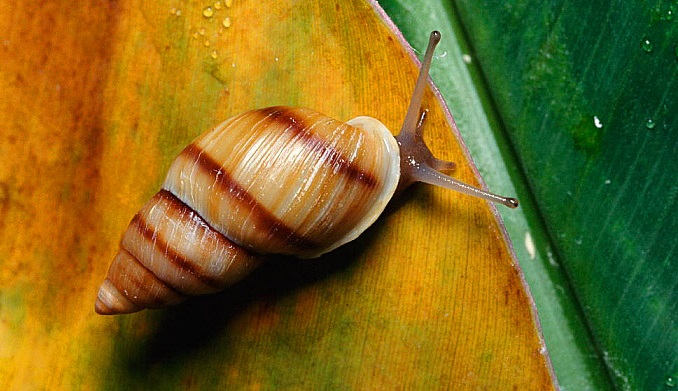
In 2009, the Moorean Viviparous Tree Snail was declared extinct in the wild. In 1967, another species called the African Land Snail was brought to Tahiti as food. However, the snails escaped and became an invasive species by destroying crops.
Even though biologists released the Rosy Wolfsnail in 1977 as a predator species, it eradicated native species along with the Moorean Viviparous Tree Snail.
Poo-uli
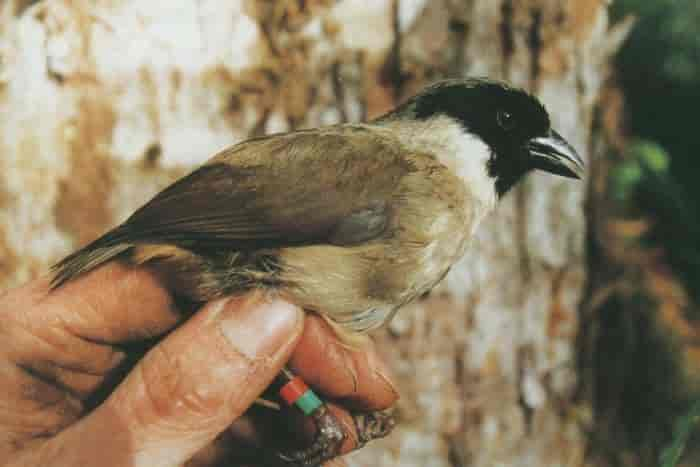
Listed as extinct in 2019, the Poo-uli was a native bird species of Hawaii’s island of Maui. There are several species of Hawaiian finches, but the Poo-uli was a quiet bird.
It was discovered by college students in 1973 when the small population was only about 200 birds. Several factors led to the Poo-uli’s extinction, like habitat loss, disease, and invasive species.
Baiji
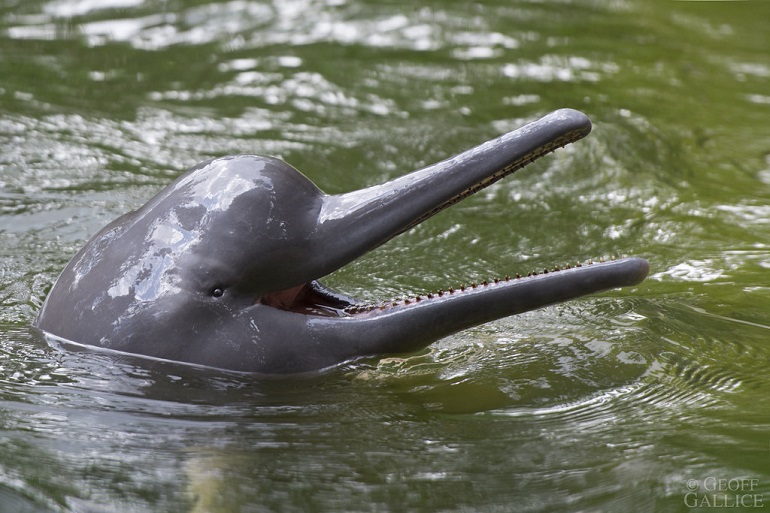
The Yangtze River Dolphin, also known as the Baiji, is listed as critically endangered but believed to be extinct. Its last sighting was in 2002 and hasn’t been documented ever since.
In 2006, Baiji Foundation scientists tried to find the dolphin but were unsuccessful. It’s theorized that this species disappeared due to overfishing, habitat loss, pollution, and poaching.
Alaotra Grebe
Declared extinct in 2010, the Alaotra Grebe may have died out earlier than previously thought. This bird species lived near Lake Alaotra in Madagascar. Scientists attempted to find the Alaotra Grebe in 1989, 2004, and 2009. It’s believed that habitat loss and limited range led to its extinction.
How You Can Help
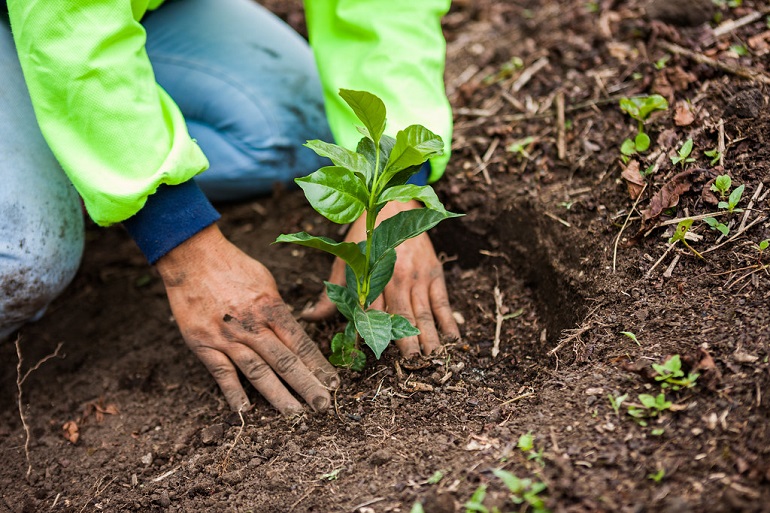
Some of the best actions we can take aren’t too difficult, so here’s how we could prevent species extinction.
We have the world at our fingertips! By raising awareness on social media, we can share information about saving threatened species.
Adopting more eco-friendly practices in our daily lives helps prevent landfill waste. We’ve all heard the phrase “reduce, reuse, recycle,” so we should do our best to avoid wasteful materials like plastic.
When planning your next nature getaway, try ecotourism. Mass tourism to popular vacation spots causes overcrowding and uses more fossil fuels for planes and vehicles.
An important part of ecotourism is employing local communities to guide tourists through their natural areas. Ecotourism sometimes hires former poachers to give them a better source of income than illegally killing wildlife.
Don’t buy products or gifts made from animals, especially endangered species. Sadly, there are tourist hotspots selling “exotic” animal products like elephant ivory, tiger and rhino products, sea turtle shells, crocodile and snakeskin, and live animals.
Wild animals poached and killed to make souvenirs, gifts, or medicine are threatened by the demand for these products. Depending on where you are in the world, you could get fined for having these types of souvenirs on hand. Instead, buy locally made goods that are guaranteed animal-free to save wildlife.
Advocating for stronger laws gives endangered species a voice. Try joining an animal rights group, getting involved with an organization, or donating to a cause.
FAQ’s
What Is an Extinct Species?
When a species becomes extinct, it means that the population dies out. Plant and animal species alike are at risk of extinction, especially if they’re threatened species.
What Is Mass Extinction?
A mass extinction occurs when the earth loses a sizable portion of its biodiversity. For example, the dinosaurs went through this event when an asteroid traveled through the atmosphere. This destructive incident led to the death of most animal and plant life.
What Are the Types of Extinction?
According to scientists, there are two types of extinction. These are described in the terms phyletic and terminal.
Phyletic extinction is when a species evolves into a similar species. However, it cannot be categorized as the same species. But it doesn’t cause enough of a threat to genetic diversity, so there’s not really a loss for the animals involved.
Terminal extinction is when a species goes extinct and becomes completely gone on earth. There is no going back after this happens, this tells us why we should prevent extinction at all costs. After all, we don’t want threatened species to disappear because of their important role in our entire ecosystem.
How Are Humans Causing Animal Extinction?
When humans exploit the environment and wildlife, it threatens the world’s species. Human-induced activities like pollution, climate change, hunting and poaching, habitat degradation, overharvesting, and overconsumption, have damaged natural resources. Because of these issues, animals get harmed in the process.
What Is the Difference Between Endangered, Threatened, Imperiled, and at Risk Species?
Due to the Endangered Species Act of 1973, plant and animal species get listed under different categories. Depending on the threat level, they could be considered threatened or endangered.
If a listed species is “endangered,” it means that there are risks of mass extinctions that could occur. However, if it’s a “threatened” species, there’s a chance it could become extinct in the near future.
The words “imperiled” and “at risk” for species actually aren’t legal terms, but instead used as biological terms. These terms describe plant and animal species that are declining in small populations. However, they aren’t protected under the Endangered Species Act.
How Could Species Extinction Be Halted?
Is it possible to actively prevent the extinction of the world’s species? We may never know, but it’s better to try our best than do nothing at all. According to scientists, we can save endangered species from extinction with better environmental policies, sustainable food production, and sustaining other natural resources to reduce further harming wildlife.
Conclusion
After covering those heavy topics, you’re probably wondering if there’s anything that could stop the “sixth extinction” scientists are warning us about. But there is always hope when we decide to take action.
So, getting involved or supporting conservation efforts of plant and animal species will go a long way in digging us out of a destructive future.
Nature may balance itself out from time to time, but there’s nothing wrong with giving it a helping hand. Especially when life on earth is concerned.


